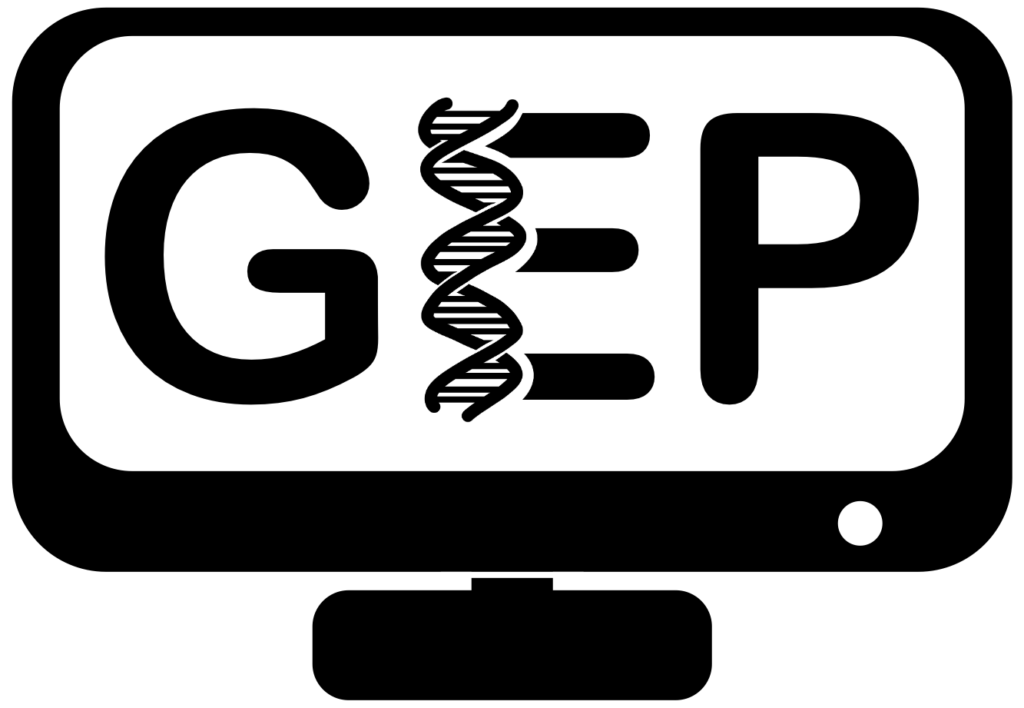Lecture
Pathways Project Primer
This PowerPoint presentation provides a primer on the recommended annotation strategy for the Pathways Project. The presentation provides an overview of the goals of the Pathways Project annotations, an introduction to RNA-Seq, web databases, and a discussion on the phases of the splice donor and acceptor sites.
Design and Use of RepeatMasker
Similar to the lecture notes on Repetitious DNA, this is a PowerPoint presentation given by Dr. Jeremy Buhler for the GEP faculty and TA workshops. This presentation covers the basics of RepeatMasker, as well as limitations of the program that students should be aware of.
Introduction to Motifs and Motif Finding
This document contains the notes from a lecture on motif finding given by Dr. Jeremy Buhler in the Bio 4342 course at WU. The lecture covers the different approaches used to represent sequence motifs and to search for sequence motifs in a genome.
Searching for Transcription Start Sites in Drosophila
This PowerPoint presentation describes the recommended annotation strategy for identifying transcription start sites in Drosophila. The presentation provides an overview of the promoter architecture in D. melanogaster and describes the types of evidence that can be used to support the transcription start sites annotations.
RNA Quantitation from RNA-Seq Data
Developed by Dr. Jeremy Buhler, this PowerPoint presentation provides an overview of the approaches for quantifying transcript abundance based on RNA-Seq data. The presentation includes a discussion on the benefits and limitations of the two approaches commonly used for RNA quantitation – RPKM and TPM.
